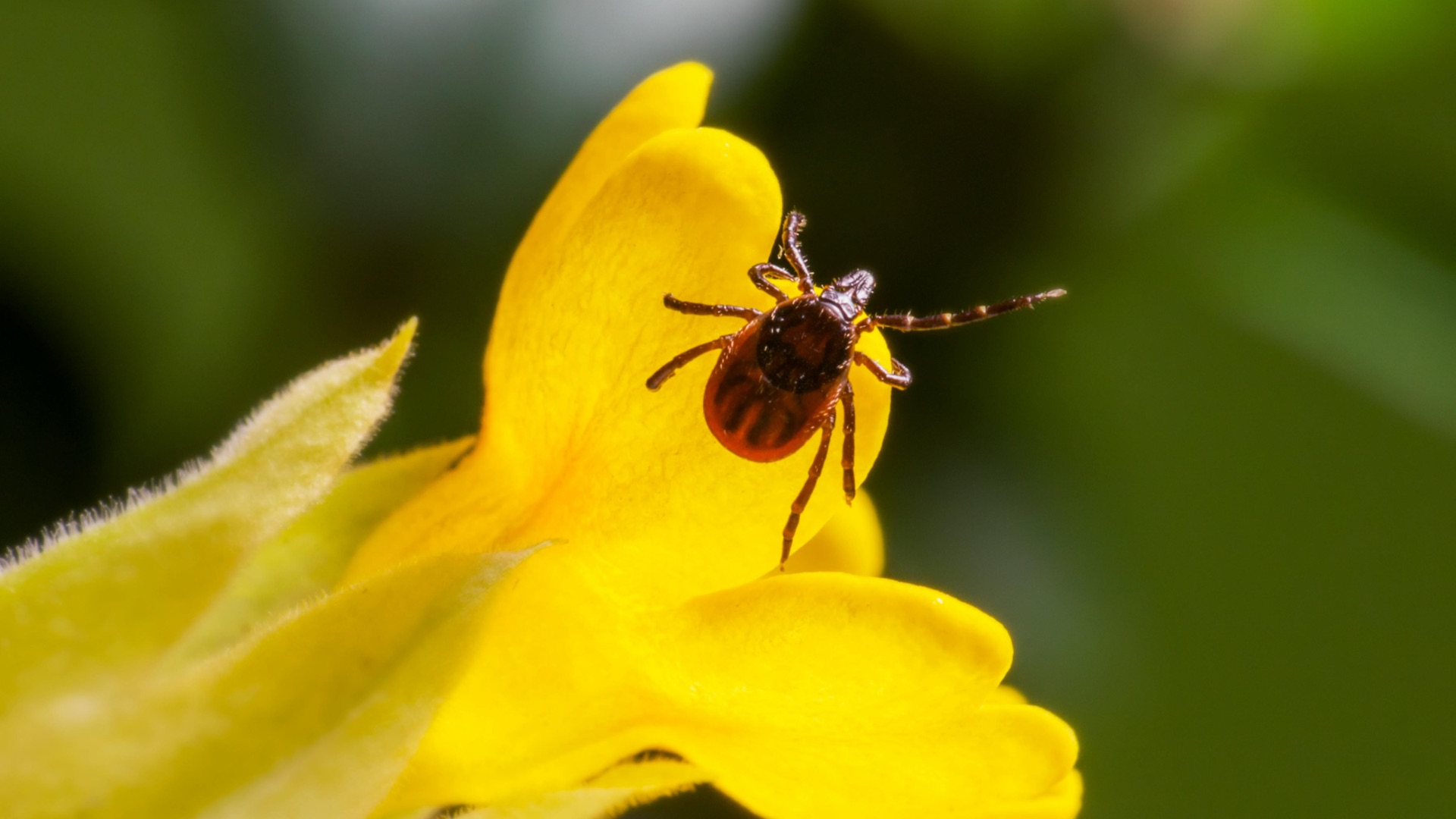A report by Public Health Ontario suggests an early welcome to the warm weather can be the start of an early tick season.
According to Environment Canada, this winter in Toronto has been the warmest on record. Temperatures reached 20°C in the city on March 13, making record-breaking levels.
The Health Canada website said ticks are mostly associated with warmer climates but can thrive year-round whenever temperatures remain above freezing.
Dr. Satyajeet Rathi, the managing pharmacist at Loblaw Pharmacy in West Brampton, said ticks are found in forests and are hard to identify because people are unaware of their appearance.
“The easiest way to identify a tick bite is to look for the target or bullseye symbol, that is how a tick bite appears on the skin,” Rathi said.
He said the early symptoms of Lyme disease include bite marks, migraines, swollen knees, facial palsy and swollen lymph nodes.
Rathi said to avoid wooded areas and recommends using insect repellent when spending time outdoors in parks or hiking.
Public Health Ontario said when venturing into wooded regions safeguarding oneself by dressing appropriately and opting for long-sleeved shirts and trousers can help with protection from ticks.
Rathi also said to remove the tick as soon as it is spotted on the skin and to check with a doctor if the rash and other symptoms persist.
“Lyme disease can be easily treated with antibiotics but if left untreated can cause severe conditions,” he said.
Canada said Lyme disease stems from the bacterium Borrelia Burgdorferi, disseminated through the bite of infected black-legged ticks.
The Government of Canada website said that between 2009 and 2022, provincial public health units have found 17,080 human cases of Lyme disease across the country.
The Canadian Lyme Disease Research Network said Lyme disease is an “emerging serious and preventable microbial threat that is now the most common tick-borne illness in Canada.”
The National Library of Medicine website said that for transmission of the Lyme disease-causing bacteria, infected black-legged ticks need to be attached to a host for a minimum of 24 hours.
Infection Prevention and Control Canada (IPAC) said ticks can contract Lyme disease-causing bacteria if they feed on infected wild animals like birds and rodents. These infected ticks have the potential to transmit the bacteria to humans and other animals.
According to the Veterinary Centers of America, Canada, (VCA) another technique involves routinely inspecting an individual’s pet’s fur for ticks, particularly following strolls in parks to make sure that no ticks are transmitted.

